ハリー・ベルトイア (1915-1978)
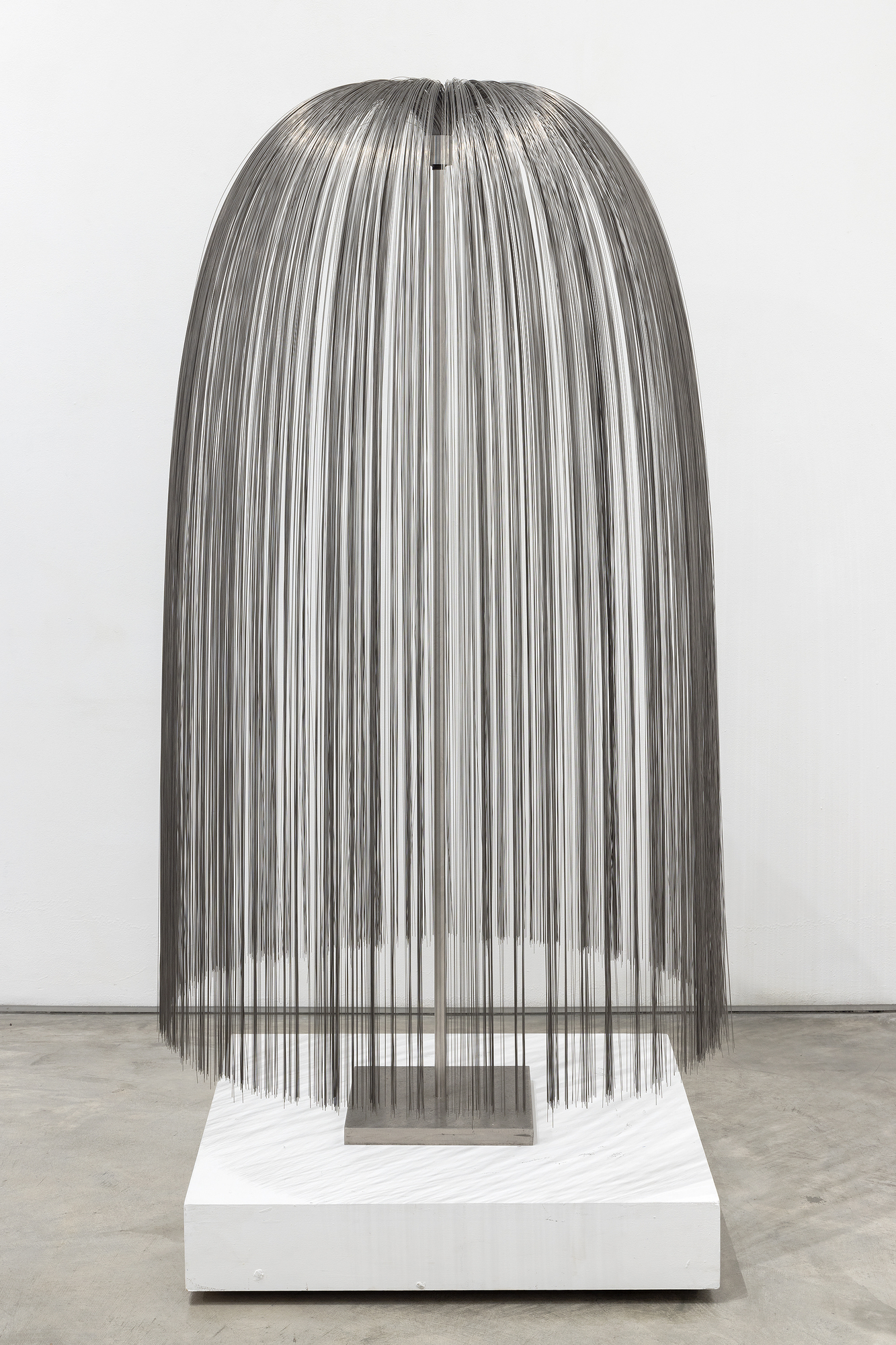
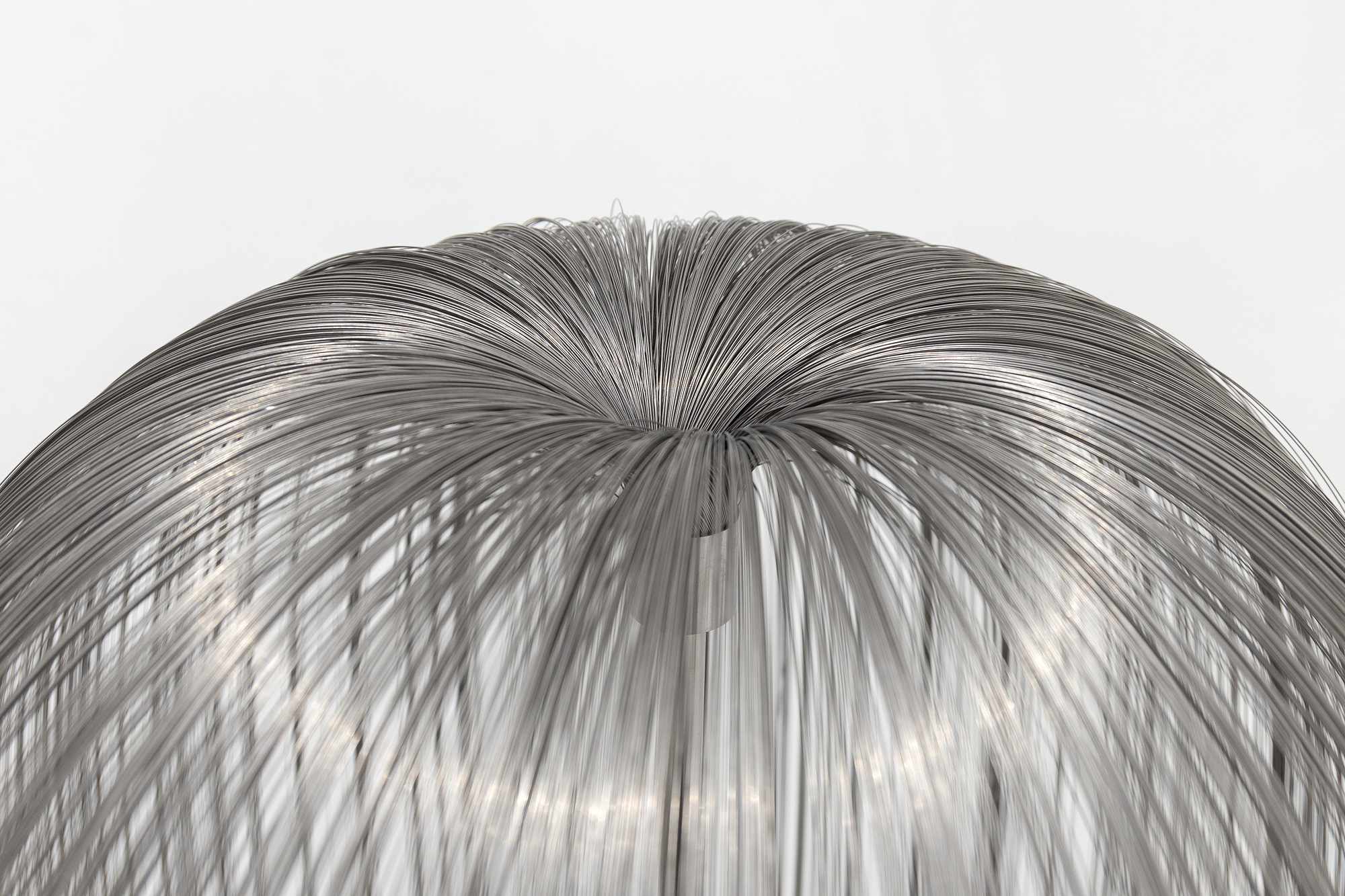
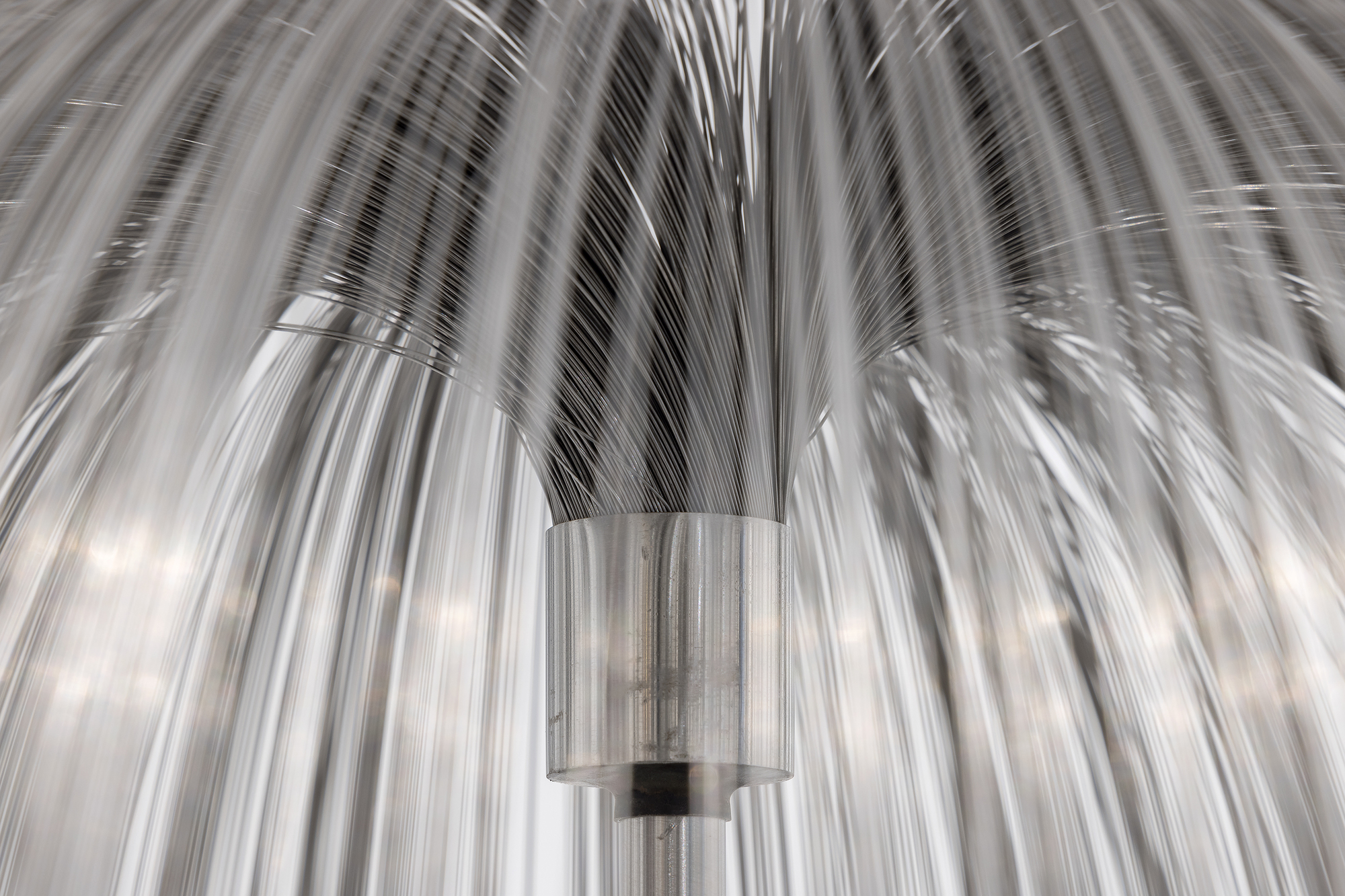

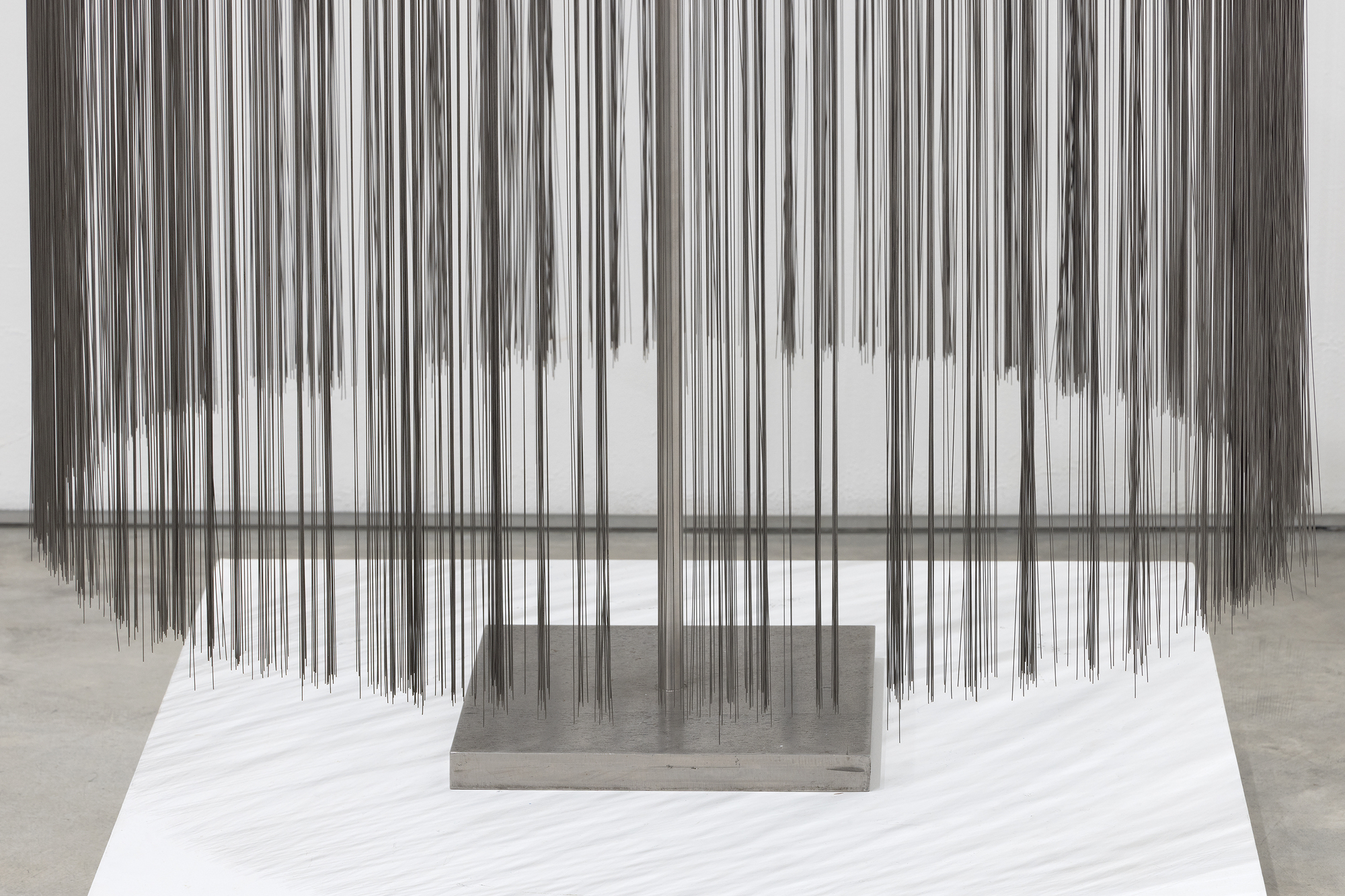
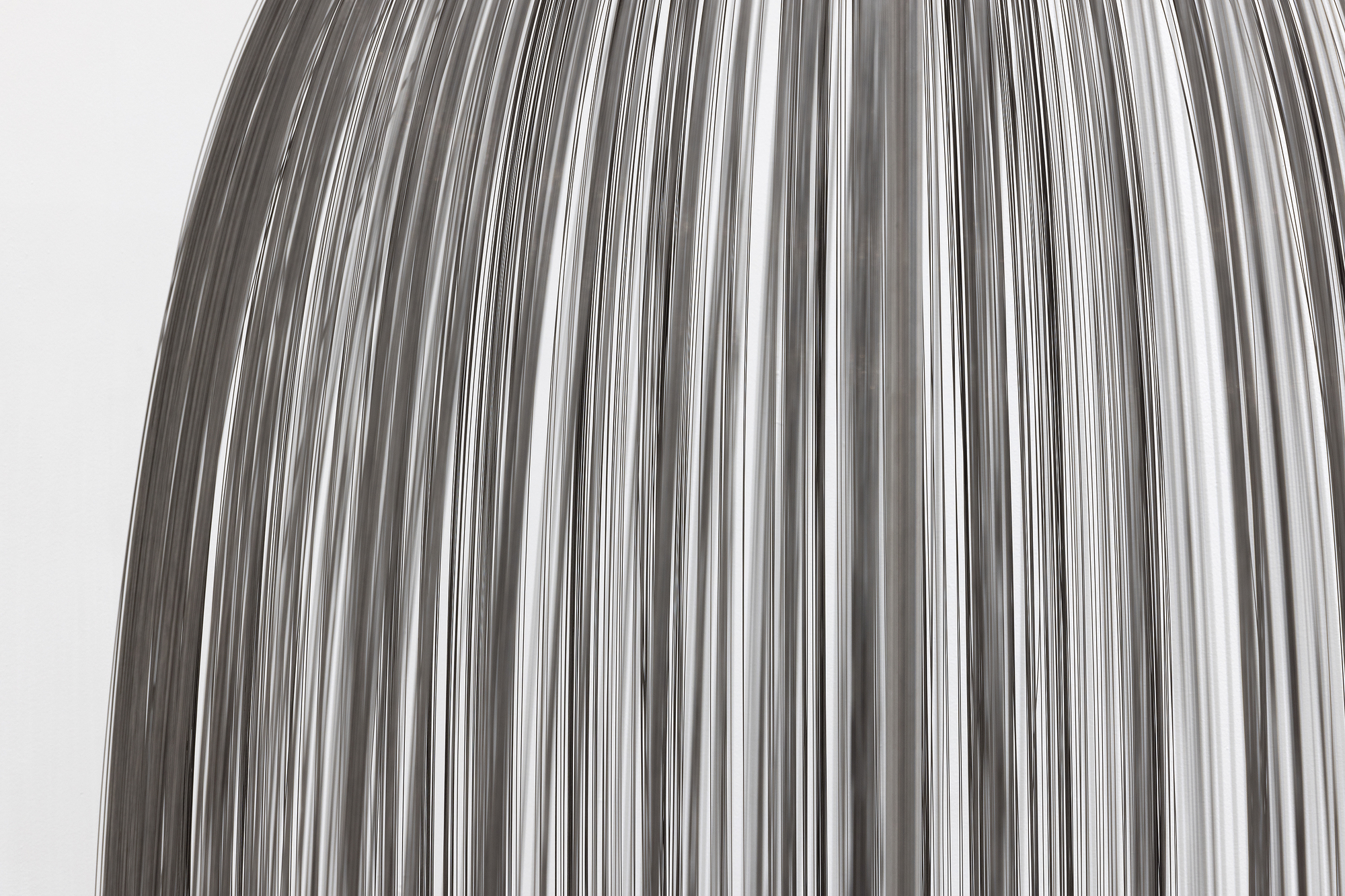
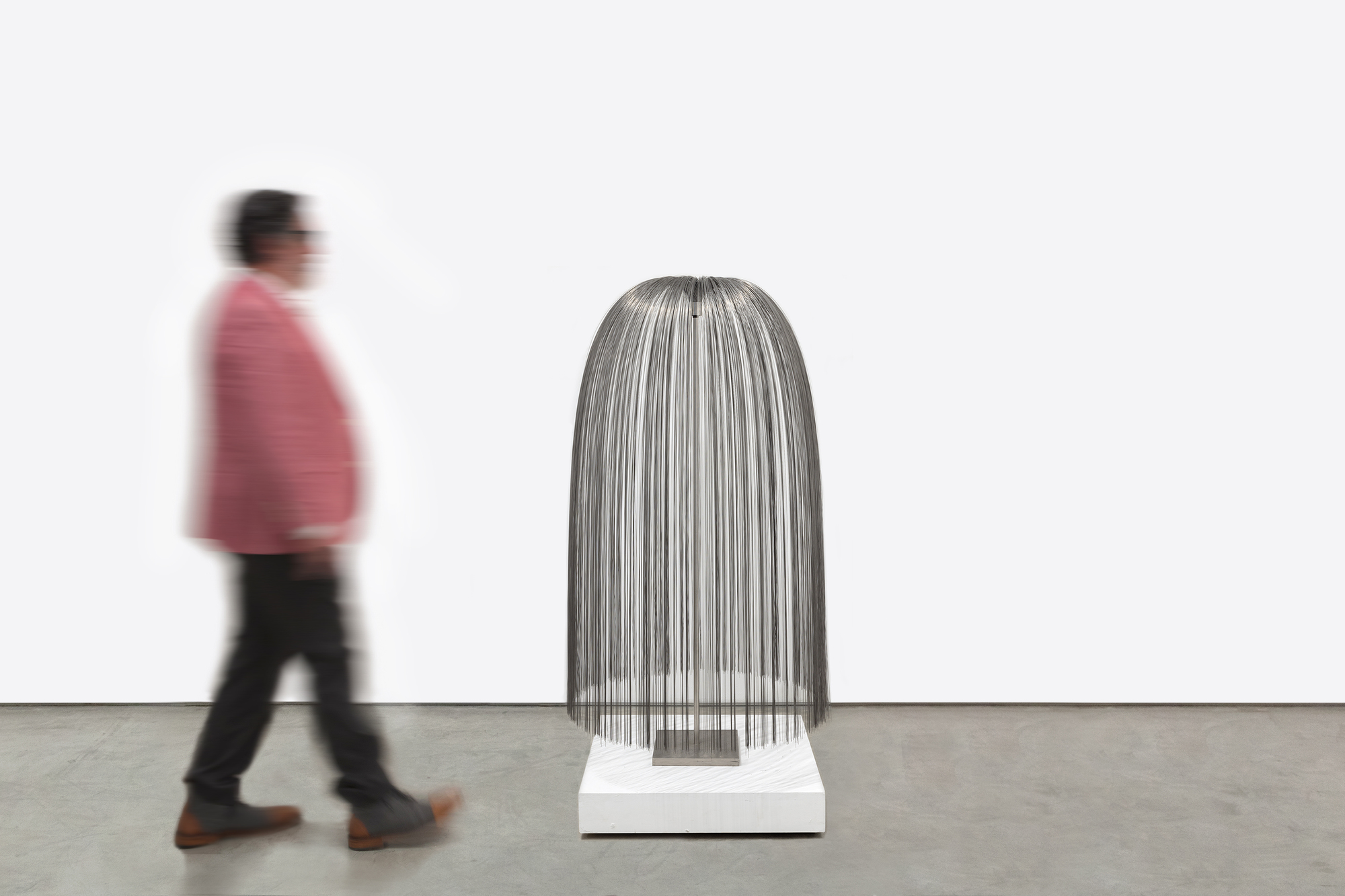
出所
プライベート・コレクションフィリップス ニューヨーク 2013年6月11日 Lot 62
プライベートコレクション、上記セールより入手
文学
Nancy N. Schiffer and Val O. Bertoia, The World of Bertoia, Atglen, 2003, p. 167-170, 239 に同様の例がある。ベルトイアは、工業用素材を有機的な美しさに変える比類なき能力を持つ先見性のある彫刻家であり、「ウィロー」の制作には、ステンレスの薄板を細かく切断し、それらを中央の芯に巧みに取り付け、それぞれのストランドが水のように流れるように、あるいは風に揺れる葉のように配置されるよう、細心の工程が用いられたと思われる。気流や手触りに反応するストランドの触覚的な質感は、柳の樹冠の下で感じるような、作品との瞑想的な関わりへと見る者を誘う。
この作品は、イタリアのサン・ロレンツォの農村で過ごした幼少期に端を発する、ベルトイアの自然に対する生涯の憧憬を象徴している。有機的な世界に対する彼の感性は、有名なソナンビエントの音響彫刻から、形と環境の関係を再考する「柳」のような作品に至るまで、彼の芸術活動に絶えず影響を与えてきた。かつて彼が言ったように、「私はもはや音楽や彫刻といった用語にしがみつくことはない。そのような古い区別は、もう意味を失ってしまったのです」
。ベルトイアは再び、伝統的な彫刻の枠を超え、視覚的なものと同じくらい感覚的な体験をもたらす作品によって、私たちを魅了する。自然のインスピレーションと革新的な芸術性が調和したこの作品は、芸術と自然界の交差点に見出される神聖な美を思い起こさせる。


